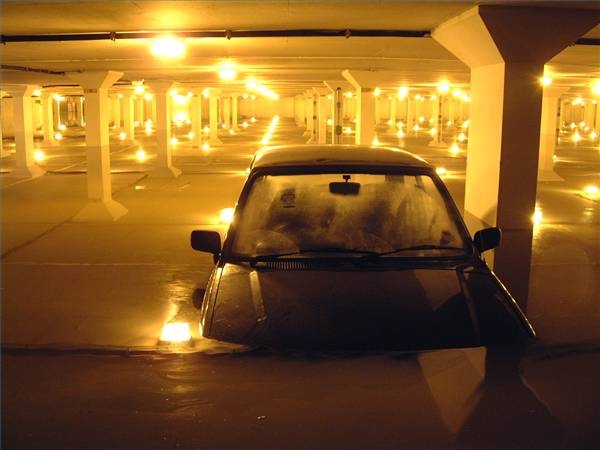
A salvage title vehicle has been in an accident or a flood, or it has been stolen but recovered, and the company insuring the vehicle has determined that the cost to repair the damages done to the vehicle exceeds a certain percentage of the vehicle's cost. This does not mean a salvage vehicle is not worth repairing. If a thief took the car on a joy ride (versus stripping it of its parts or wrecking it) before the vehicle was recovered; if the floodwaters remained below the level of the vehicle's electrical components; and if the accident didn't damage the vehicle's most vital parts, the vehicle may run for years to come. Fixing a salvage title vehicle is a risk because the extent of the damage is not always evident.
Bring the vehicle to a mechanic to determine its problems if your knowledge of automobiles is minimal.
Use auto diagnostics software, which interfaces with a vehicle's engine control computer (ECU), to garner trouble codes stored in the ECU and pinpoint potential causes for problems.
Look at the vehicle's panels to make sure they line up.
Ensure the front end gaps are equal on all sides.
Test the doors to make sure they open and shut properly.
Open the hood and look for signs of damage in the engine bay.
Fix the identified problems by yourself if you have the knowledge and tools necessary. If you don't, hire a professional mechanic.
Regularly change the vehicle's oil and complete regular maintenance to ensure the vehicle will run safely for as long as possible.
Find out if the water was fresh water or salt water. Because salt water can corrode wires and connections, the repairs may be costly if not impossible.
Look for rust on any metal components under the dash. If you see rust, it means the water level was high enough to potentially damage electrical components.
Look for rust inside the cigarette lighter, which may indicate a dangerously high water level.
Notice whether or not lights are out on the dashboard--lights that have gone out also indicate a high water level.
Check the car over for general maintenance issues if the water level doesn't appear to have been too high.
Use auto diagnostics software, which interfaces with a vehicle's engine control computer (ECU), to garner trouble codes stored in the ECU and pinpoint potential problems.
Fix the identified problems by yourself if you have the knowledge and tools necessary. If you don't, hire a professional mechanic.
Regularly change the vehicle's oil and complete regular maintenance to ensure the vehicle will run safely for as long as possible.